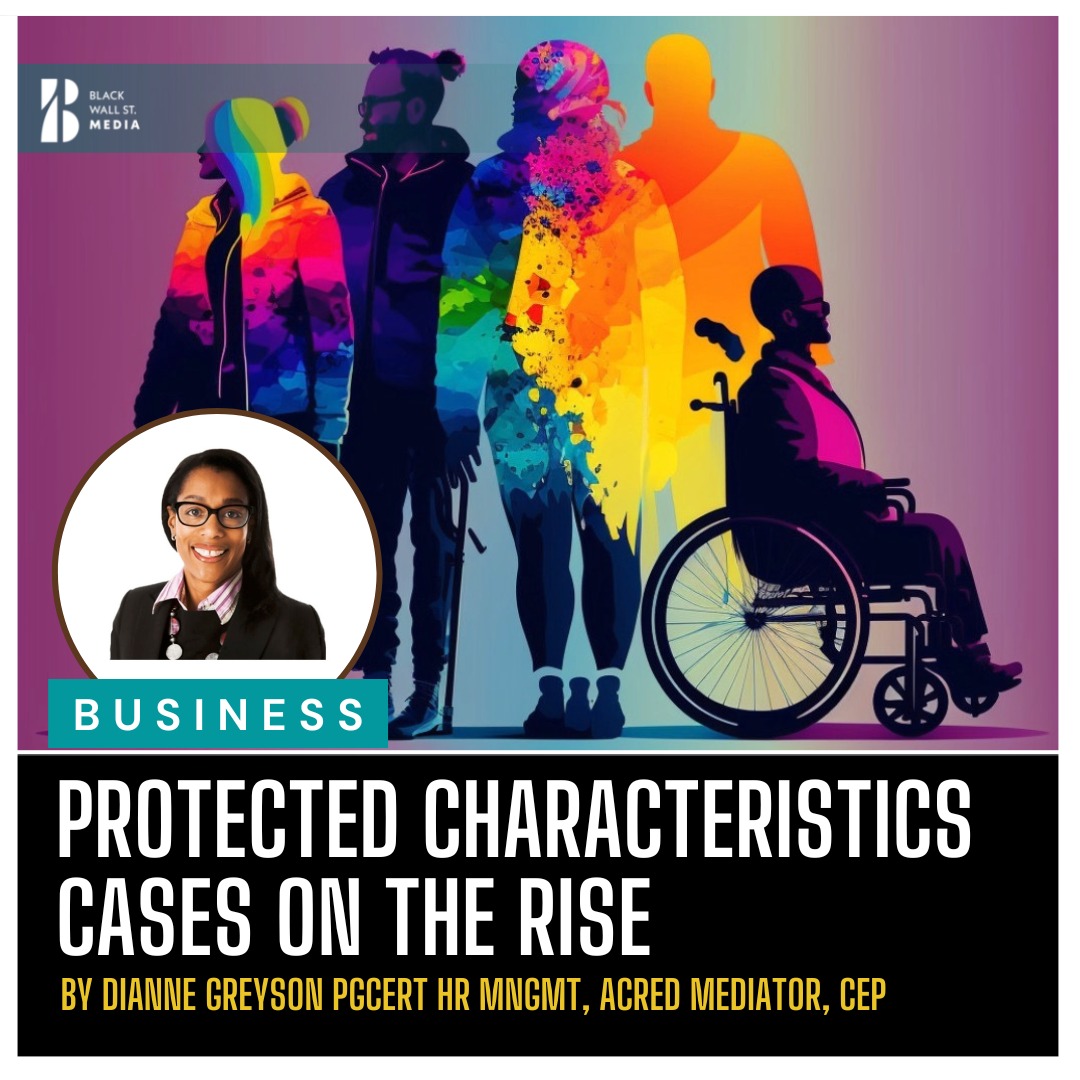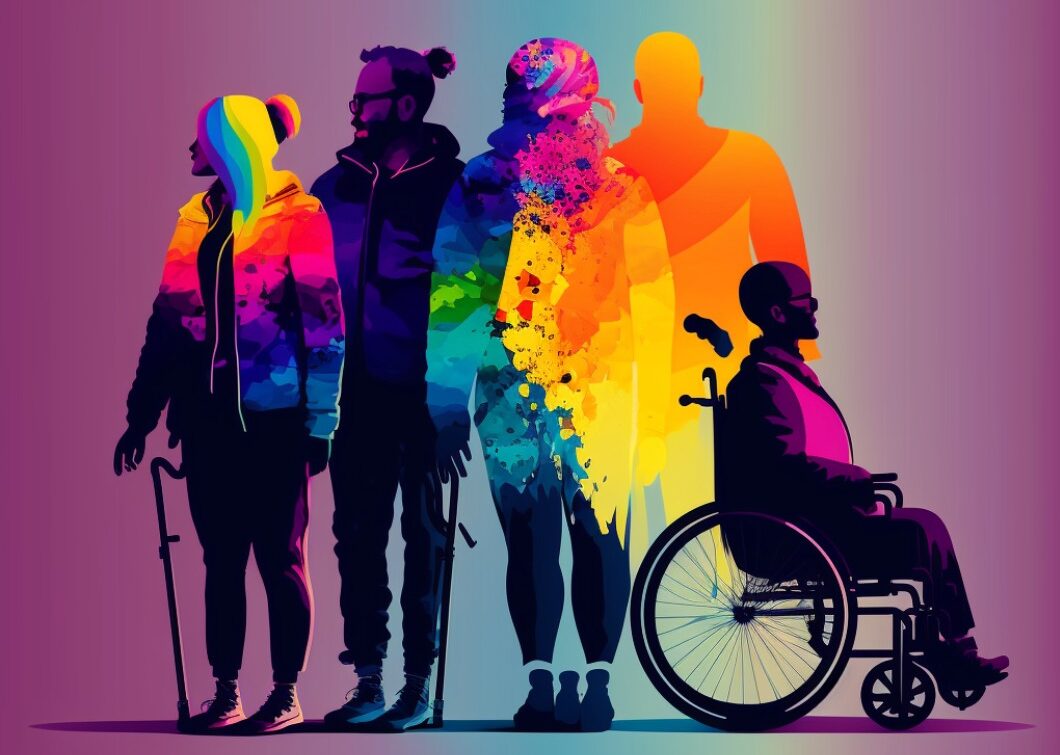Is the Equality Act 2010 Strong Enough to Protect Employees?
Dianne Greyson PGCert HR Mngmt, Acred Mediator, CEPContributor
 The protected characteristics that the Equality Act 2010 protects are; sex, age, disability, pregnancy and maternity, marriage and civil partnership, sexual orientation, race, religion, and gender reassignment.
The protected characteristics that the Equality Act 2010 protects are; sex, age, disability, pregnancy and maternity, marriage and civil partnership, sexual orientation, race, religion, and gender reassignment.
The reason why we have these protected characteristics is to ensure that our rights to be treated fairly is protected.
No one should discriminate against you because of any of the characteristics mentioned above.
It is unlawful to discriminate and treat people unfairly, that is what the Equality Act 2010 protection is there for. So why do we continually see cases such as the case of the senior nurse Michelle Cox?
The judgement in her case stated that she was treated unfavourably because of her race.

In an article by the Nursing Times on 24th February 2023, it states “The judgement ruled that her line manager had “created an intimidating and hostile and humiliating environment” for Ms Cox at work.
The tribunal heard how Ms Paxton purposely excluded Ms Cox from team events, including two team away days that were arranged for occasions she could not attend.
Case bought in 2022 Macken & BNP Paribas relating to equal pay and sex discrimination, a claim which was upheld and a payment award was given. The award also included aggravated damages.
July 2021, People Management reported on the case of P Allen v Paradigm Precision Burnley Ltd and Carl Wheeler (2020). Mr Allen believed he was treated unfairly after revealing he was gay. Having disclosed his sexual orientation to the HR Director, it became common knowledge at work and he was subjected to homophobic comments.
The HR Director Magazine, February 2023 reported a case on pregnancy discrimination, Mrs Shala vs Rashid Law. Ms Shala was pregnant and told her employer about it.
During the time of the conversation, she was interrupted and told ‘she should resign as she is not fit to work, and would not be able to cope with the stress’.
These are just a few examples of protected characteristics cases bought to the tribunal. Employment tribunals saw an increase of 48% in the number of race discrimination cases in 2020 as reported by the HR Magazine.
The number of sex discrimination cases had risen by 69% in 2019 and sexual orientation cases rose by 165% between 2019-2020 as noted by Personnel Management in July 2021.
So the trajectory for cases related to those with protected characteristics is upward. This is a concerning trend, what does this tell us about the strength of the Equality Act 2010 to deter employers from discriminating against employees?
What does it tell us about the state of employment? Do employees feel safe in their working environments?
I would argue that a significant amount of employees do not. Organisations have a ‘duty of care’ not to treat their employees unfavourably.
Many unions are concerned about their members’ treatment at work and have come out publicly to raise awareness about the disgraceful environment in which some of their members work.
We are also seeing campaigners such as myself raising issues relating to those who fall under the protected characteristics. What I am not seeing is any government intervention to prevent these issues from occurring.
Are they turning a blind eye to what’s going on in the workplace? What about the government’s duty of care to protect its citizens?
I don’t have the answers, but surely it’s evident something is terribly wrong with the level of protection given to those who fall under the category of having a protected characteristic.

I think it’s time for a review of the Equality Act 2010, it needs strengthening to protect those it was supposed to protect.







